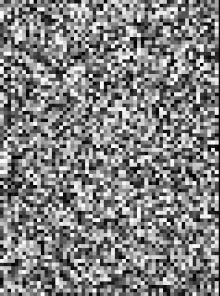
Back حوسبة تطورية Arabic Təkamül modelləşdirmə Azerbaijani Evoluciono računarstvo BS Computació evolutiva Catalan Computación evolutiva Spanish رایانش فرگشتی Persian Evoluutiolaskenta Finnish Komputasi evolusioner ID Computazione evolutiva Italian 進化的計算 Japanese

| Part of a series on |
| Evolutionary biology |
|---|
 |
In computer science, evolutionary computation is a family of algorithms for global optimization inspired by biological evolution, and the subfield of artificial intelligence and soft computing studying these algorithms. In technical terms, they are a family of population-based trial and error problem solvers with a metaheuristic or stochastic optimization character.
In evolutionary computation, an initial set of candidate solutions is generated and iteratively updated. Each new generation is produced by stochastically removing less desired solutions, and introducing small random changes as well as, depending on the method, mixing parental information. In biological terminology, a population of solutions is subjected to natural selection (or artificial selection), mutation and possibly recombination. As a result, the population will gradually evolve to increase in fitness, in this case the chosen fitness function of the algorithm.
Evolutionary computation techniques can produce highly optimized solutions in a wide range of problem settings, making them popular in computer science. Many variants and extensions exist, suited to more specific families of problems and data structures. Evolutionary computation is also sometimes used in evolutionary biology as an in silico experimental procedure to study common aspects of general evolutionary processes.